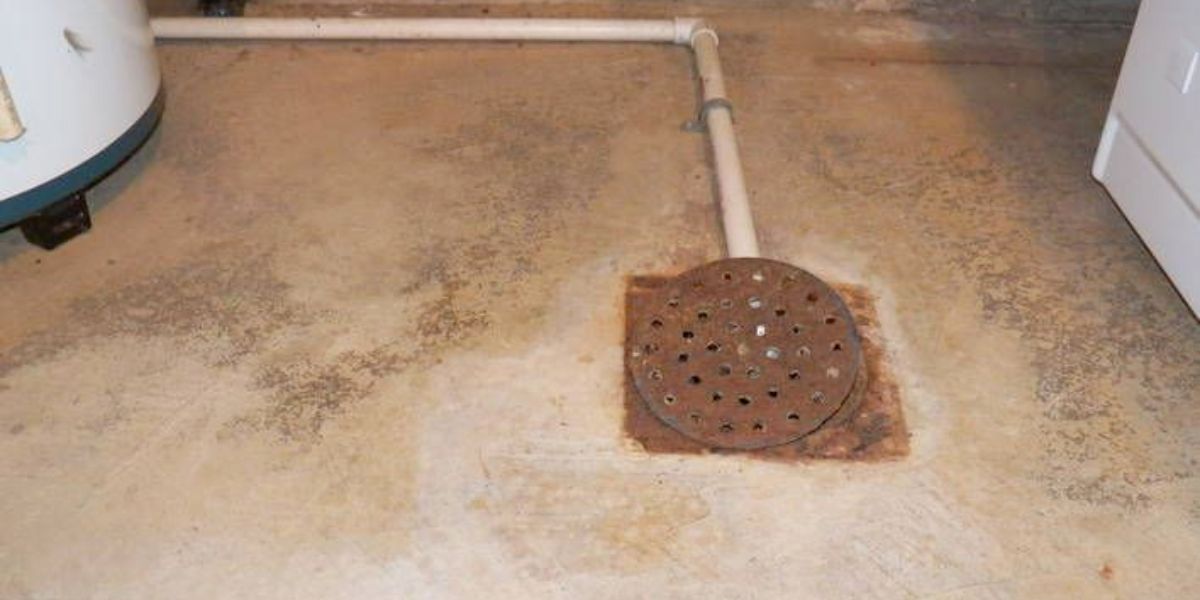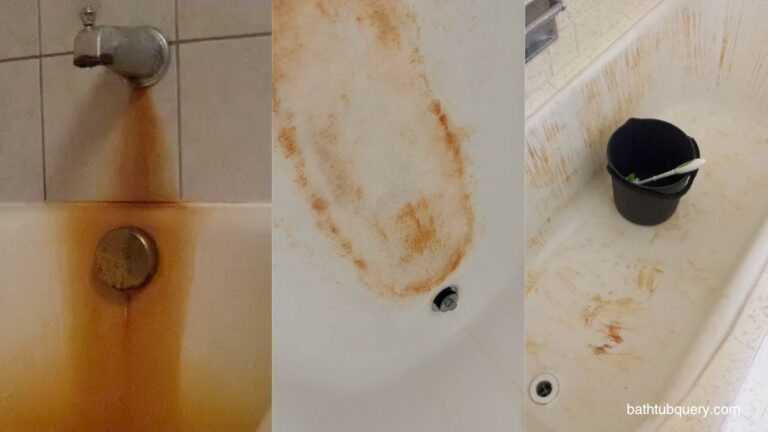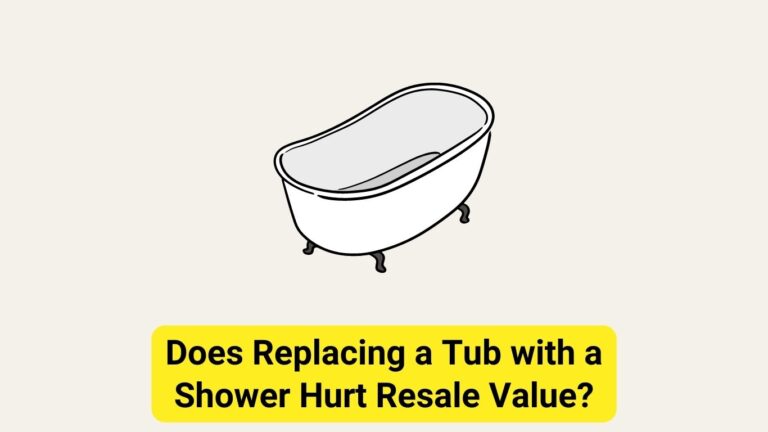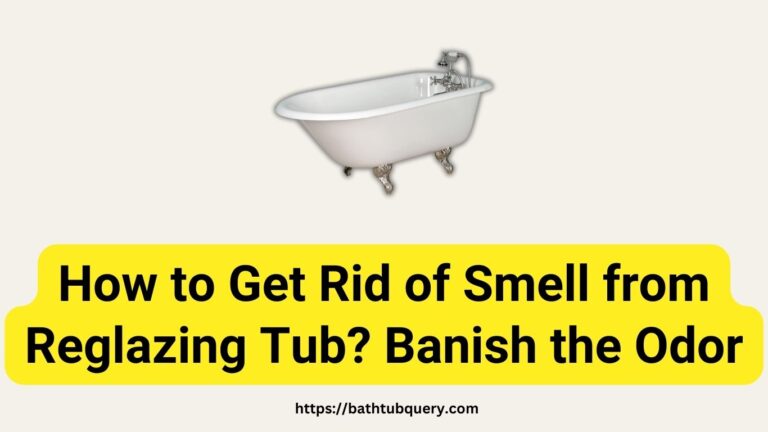Basement Drain Cover With Hole For Hose | DIY Method
I recently stumbled upon this ingenious basement drain cover with a hole for a hose, and let me tell you, it’s a game changer. If you’ve ever dealt with a flooded basement or water damage, you know how much of a nightmare it can be. But with this handy tool, you can prevent that from happening.
Imagine being able to easily drain water from your basement without the hassle of buckets or wet vacs. It’s a dream come true! In this guide, I’ll walk you through everything you need to know about this incredible basement drain cover and how it can safeguard your home from water damage. So, let’s dive in!
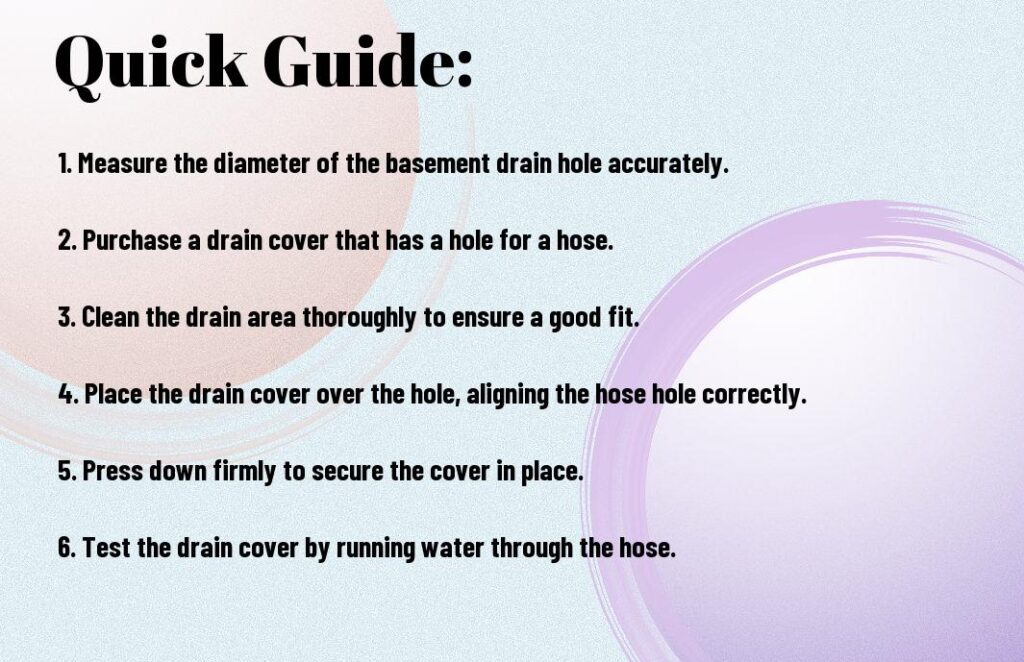
Different Types of Basement Drain Covers with Holes for Hose
Some basement drain covers are specifically designed with holes to accommodate a hose, providing an efficient way to redirect water away from your basement. In this chapter, I will walk you through the different types of basement drain covers with hose holes, giving you all the information you need to make an informed decision for your home.
| Type | Description |
|---|---|
| Metal Drain Covers | These covers are made of durable metal materials such as stainless steel and aluminum. They offer excellent durability and strength, making them ideal for heavy-duty applications. Metal drain covers are resistant to rust and corrosion, ensuring long-lasting performance. |
| Plastic Drain Covers | If you’re looking for an affordable and lightweight option, plastic drain covers are a great choice. Made from sturdy plastic materials like PVC, these covers are easy to install and provide sufficient protection for your basement drain. They are resistant to chemicals and offer a high level of flexibility. |
| Iron Drain Covers | When it comes to strength and durability, iron drain covers are hard to beat. These covers are built to withstand heavy loads and can handle high traffic areas without any issues. They are resistant to damage from vehicles, making them suitable for driveways or garages. |
Metal Drain Covers
If you are looking for a drain cover that combines durability and reliability, metal drain covers are your best bet. I personally recommend investing in stainless steel or aluminum options as they offer exceptional strength and longevity, ensuring that they will stand the test of time. With their rust and corrosion-resistant properties, you can be confident that these covers will effectively safeguard your basement drain for years to come.
Plastic Drain Covers
Don’t underestimate the power of plastic drain covers! While they may not have the same heavy-duty capabilities as their metal counterparts, they certainly have their advantages. Plastic covers are affordable and lightweight, making them easy to install and replace whenever necessary. Their resistance to chemicals is a major plus, and their flexibility allows for a snug fit, ensuring optimal protection for your basement drain.
Iron Drain Covers
If you’re looking for a drain cover that can handle heavy loads and extreme conditions, iron drain covers are the ultimate choice. These covers are built to withstand a significant amount of weight without cracking or breaking. Whether you have a busy driveway or a high-traffic area, iron drain covers will provide the necessary protection. However, keep in mind that iron covers may require periodic maintenance to prevent rust and ensure their longevity.
Remember, when choosing a basement drain cover with a hole for a hose, it’s important to consider your specific needs and the conditions in which it will be used. By understanding the different types of drain covers available, you can make an educated decision that suits your requirements.
Step-by-Step Guide on Installing a Basement Drain Cover with a Hole for Hose
To ensure a well-maintained basement and prevent flooding, installing a basement drain cover with a hole for a hose can be a game-changer. This practical solution allows you to connect a hose to the drain cover and divert water away from your basement, keeping it dry and protected. In this step-by-step guide, I will walk you through the process of installing a basement drain cover with a hole for a hose, so you can take control of your basement’s waterproofing. Let’s get started!
Preparation Tips
Before diving into the installation process, it’s crucial to make sure you have everything you need and take the necessary precautions. Here are some preparation tips to help you get started:
- Gather the materials: Before you begin, gather all the materials required for the installation. This includes the basement drain cover with a hole for a hose, a hose clamp, a screwdriver, and a wrench.
- Clean the drain: Ensure that the basement drain is free from any debris or obstructions. This step will ensure a smooth installation process and help maintain the functionality of the drain.
- Turn off the water supply: Before starting any installation, it’s essential to turn off the water supply to prevent any leaks or water damage during the process. Locate the shut-off valve and close it to avoid any mishaps.
- Protective gear: Safety first! Make sure you wear protective gear such as gloves and goggles to protect yourself during the installation process. This way, you can avoid any potential injuries.
This preparation will ensure that you have all the necessary tools and knowledge to proceed with the installation seamlessly. Always remember to prioritize safety and follow proper installation techniques.
Installation Process
Now that we have covered the preparation steps, let’s move on to the installation process itself. Follow these steps carefully to successfully install a basement drain cover with a hole for a hose:
- Remove the existing drain cover: Using a screwdriver or wrench, carefully remove the current drain cover in your basement. Keep it aside, as you may need it later.
- Position the new drain cover: Take the new basement drain cover with a hole for a hose and place it over the drain pipe. Ensure that it fits securely and aligns with the drain opening.
- Secure with a hose clamp: Once the drain cover is in the proper position, use a hose clamp to secure it tightly to the drain pipe. This will prevent any leaks or movement during operation.
- Connect the hose: Now, take your hose and insert one end into the hole on the drain cover. Adjust the hose clamp to secure the connection, ensuring it is watertight and secure.
- Test the setup: Before considering the installation complete, it’s important to test the setup. Turn on the water supply and check for any leaks or issues. Ensure that water flows freely through the hose and away from your basement.
By following these steps, you’ll have successfully installed a basement drain cover with a hole for a hose. This practical solution will help you keep your basement dry and protected from potential flooding, providing you with peace of mind.
Key Factors to Consider when Choosing a Basement Drain Cover with A Hole for Hose
Despite what some may think, selecting the right basement drain cover with a hole for a hose isn’t as simple as picking the first one you come across. There are key factors to consider that can make a significant difference in your overall satisfaction and the effectiveness of the cover. As someone who has dealt with basement flooding myself, I understand the importance of making an informed decision. So, let’s dive into the most crucial aspects you need to consider before making a purchase.
Assessing the Size and Type of Drain
When it comes to basement drains, no two are exactly alike. That’s why it’s vital to assess the size and type of your basement drain before selecting a cover. Some drains may have irregular shapes or non-standard sizes, so finding a compatible cover is essential.
In my experience, measuring the dimensions of your drain accurately and cross-referencing them with the product specifications can save you a lot of frustration. Additionally, consider the type of drain you have. Some drains may have additional features or mechanisms that require specific covers to function optimally.
Considering the Material and Durability
When it comes to basement drain covers, durability is paramount. You want a cover that can withstand potential hazards and last for years to come. In my opinion, choosing a cover made from high-quality materials such as stainless steel or heavy-duty plastic is crucial. These materials are not only more resistant to corrosion and wear but also provide a reliable barrier against water and debris.
Plus, they are less likely to warp or crack over time, ensuring a longer lifespan for your cover. Remember, a basement drain cover that fails prematurely can expose you to costly repairs and potential water damage.
Examining Maintenance and Accessibility
Any basement drain cover you choose should provide easy access for maintenance. Let’s face it; nobody wants to spend hours struggling with removing and replacing a cover just to clean or unclog the drain. That’s why I recommend selecting a cover that allows for effortless removal and reinstallation.
Look for features like quick-release mechanisms or simple clip-on designs that enable you to perform routine maintenance tasks with ease. Furthermore, consider how easy it is to clean the cover itself. A cover with a smooth surface and minimal crevices will not only be more visually appealing but also simpler to clean and maintain overall.
Evaluating Price and Value
Lastly, let’s talk about the elephant in the room: price. Budget is undoubtedly an important factor for most of us, but it shouldn’t be the sole deciding factor. Instead of solely focusing on the price tag, I encourage you to evaluate the overall value you’ll receive from the basement drain cover.
Consider factors such as warranty, customer reviews, and the reputation of the manufacturer. Investing a little more in a cover that offers superior durability and functionality can save you both money and headaches in the long run.
In conclusion, when choosing a basement drain cover with a hole for a hose, it’s essential to consider factors such as the size and type of drain, the material and durability of the cover, its maintenance and accessibility, and the overall value it offers.
By paying attention to these critical aspects, you can ensure that you select the best cover for your specific needs. Now, armed with this knowledge, go out there and make a choice that will safeguard your basement from potential flooding and water damage!
Pros and Cons of Using a Basement Drain Cover with A Hole for Hose
Last but not least, let’s dive into the pros and cons of utilizing a basement drain cover with a hole for a hose. As someone who has dealt with basement flooding in the past, I know the importance of finding the right solution to keep your space dry and protected. In this chapter, I’ll break down the advantages and disadvantages of using these drain covers, helping you make an informed decision for your specific needs.
Advantages of Using Basement Drain Covers with Holes for Hose
When it comes to managing water in your basement, these drain covers offer several noteworthy advantages. Firstly, they provide an easy and hassle-free way to drain excess water from your basement. Instead of relying on buckets or pumps to bail out the water, you can simply connect a hose to the cover’s hole and direct the water away from your property.
Not only does this save you time and effort, but it also helps prevent water damage by keeping your basement dry. By effectively removing water from the area, you minimize the risk of mold and mildew growth, as well as other potential structural issues. And the best part? You can do it all without the need for expensive professional assistance.
Disadvantages of Using Basement Drain Covers with Holes for Hose
While basement drain covers with holes for hoses offer some compelling advantages, it’s crucial to consider their drawbacks before making a decision. One notable downside is the potential for debris to accumulate in the drain and clog the hose. If left unattended, this blockage could lead to water backup and further exacerbate your basement flooding problems.
Additionally, relying solely on a drain cover with a hose hole might not be sufficient for severe flooding situations. If you often experience heavy rains or live in an area prone to extreme weather conditions, you may need a more robust waterproofing solution to safeguard your basement effectively.
It’s also important to note that installing a drain cover with a hole for a hose requires some basic DIY skills. While it may not be overly complicated, you’ll need to ensure a proper seal to prevent any water leakage. If you’re not comfortable with DIY projects or lack the necessary tools, seeking professional assistance might be the better route to avoid any potential mishaps.
As with any home improvement decision, weighing the pros and cons is crucial to finding the right solution. While basement drain covers with holes for hoses offer convenience and simplicity, it’s vital to consider their limitations and assess the severity of your basement waterproofing needs. Ultimately, the choice is yours, and I believe with the right information, you’ll make the best decision to protect your basement from unwanted water.
Conclusion
Following this exploration of the advantages and versatility of a basement drain cover with a hole for a hose, I firmly believe that this is a game-changing solution for homeowners. By allowing water to easily drain out of basements while simultaneously offering a convenient outlet for redirecting water with a hose, this innovation addresses two essential needs in one efficient and cost-effective device.
Imagine the peace of mind knowing that excess water can be drained away effortlessly, and the convenience of connecting a hose to direct that water wherever you desire. With this basement drain cover, not only do you protect your property from potential water damage, but you also reclaim control over how you manage water. Don’t settle for ordinary drain covers when you can have this brilliant solution that empowers homeowners like never before.
Read this:

William J. Bullock is a licensed plumber with over 15 years of experience installing and repairing bathtubs. He runs his own plumbing company in Greenville and serves residential and commercial clients. William is dedicated to providing honest, transparent advice to help homeowners make informed decisions about their bathroom renovations.
He has established expertise in selecting bathtubs, planning custom installations, diagnosing issues, and completing repairs. William aims to share practical tips and reliable recommendations based on extensive hands-on work. When he isn’t on a job site, William enjoys spending time with his family and volunteering at local community events. He takes pride in delivering quality service and enjoys helping people upgrade their homes.

